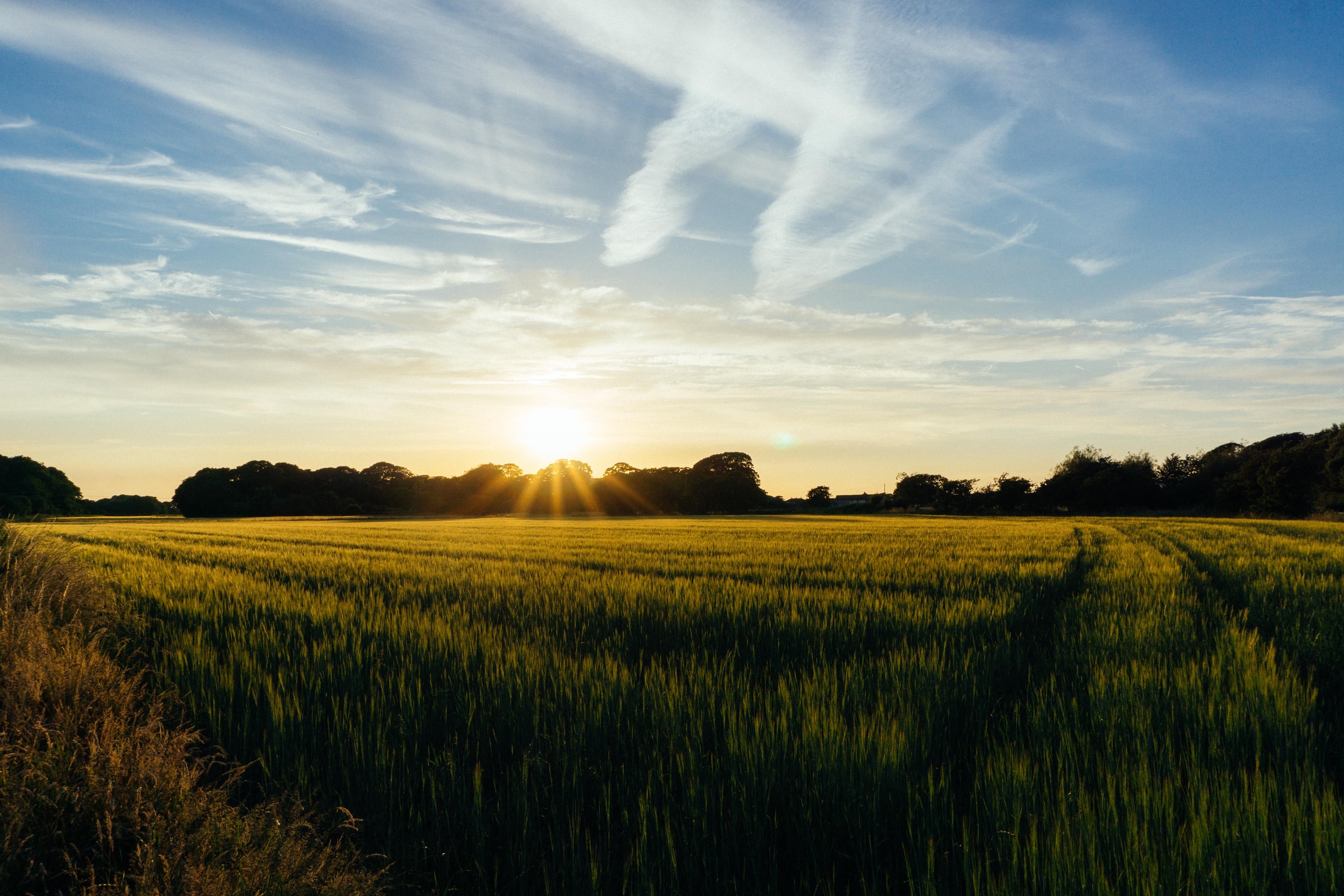
Excerpt from Environmental Policy and Law - Our Earth Matters
Environmental Policy and Law (EPL), an international, interdisciplinary journal that facilitates understanding of environmental policy and law issues, provides an exchange of information and experience on all legal, administrative and policy matters relevant to the human and natural environment.
In “Our Earth Matters: Pathways to a Better Common Environmental Future,” an extended special issue of EPL, leading scholars from more than five continents call for an honest introspection of what has been attained over the last 50 years relating to regulatory processes and laws, and explores future trajectories with new ideas and frameworks for environmental governance in the 21st century.
Below is an excerpt from the article, "Towards the New Post-2020 Global Biodiversity Framework". In the full article, Elizabeth Maruma Mrema, Executive Secretary of the UN Convention on Biological Diversity, details why the post-2020 global biodiversity framework is a turning point for:
- The conservation of biodiversity
- Our social, economic and development agendas
- Human well-being
Biodiversity, SDGs and Human Rights"To date, more than two thirds of the world’s countries have language in a variety of forms relating to the environment in their constitutions and 51 of these constitutions include specific provisions on wild species and ecosystems. Meanwhile, hundreds of pieces of legislation have also been passed concerning the environment. For instance, more than 100 States have enacted legislation that specifically identifies and articulates the right to a healthy environment, including both procedural and substantive elements. However, the implementation of the CBD also contributes to the implementation of human rights globally. Indeed, the fight against biodiversity loss protects agriculture, in the form of, for example, protecting pollinators, and therefore supports the right to food. The prevention of pollution, whether caused by wastes or chemicals, protects the right to access clean water, among others. The protection of the atmosphere and of biodiversity – on which modern medical research and pharmacopeia rely – protects the right to health. Through these various means, environmental law including biodiversity law contributes to the protection of the right to life. The global protection of the environment thus partakes and is, to some extent, a condition sine quo non to the full enjoyment of rights which have long been protected at different levels in national laws, regional conventions such as the European, Inter-American or African conventions on human rights or the international covenants, and in the jurisprudence of human rights courts. Since its inception, the CBD regime has also integrated traditional knowledge and thus recognised the unique role of indigenous peoples and local communities (Article 8(j), inter alia). The Ad Hoc Working Group on Article 8(j) and related provisions (established at COP4) is dedicated to the implementation of the commitments of article 8 (j) of the Convention and the enhancement of the role and involvement of indigenous peoples and local communities in the achievement of the objectives of the Convention. The work of and contribution from this working group is fully integrated in the development of the post-2020 global biodiversity framework. The planet’s biological resources are thus vital to our economic and social development, and our well-being. At the same time, the protection of the global environment contributes, directly and indirectly, to the achievements of the SDGs, the 2030 Agenda, and the full enjoyment of our human rights. The post-2020 framework is therefore an essential development for our societies and considering biological diversity as a purely environmental question would be a mistake."
© Elizabeth Maruma Mrema, 2021. The definitive, peer reviewed and edited version of this article is published in Environmental Policy and Law, vol. 51, no. 1-2, pp. 25-33, 2021, DOI: 10.3233/EPL-210005. |
Click here for information on how to access the full article
More Information:
Preparations for the Post-2020 Biodiversity Framework
Updated zero draft of the post-2020 global biodiversity framework